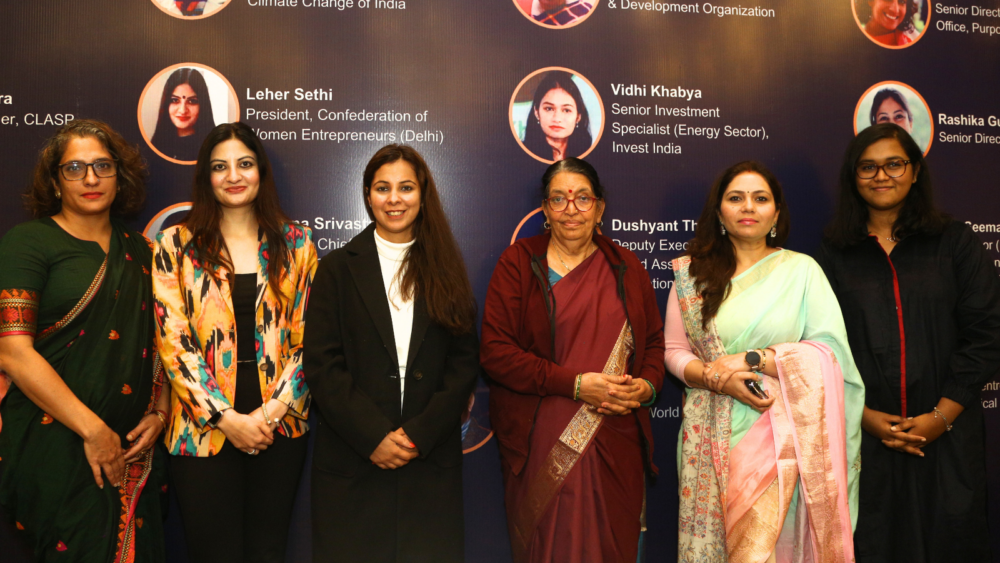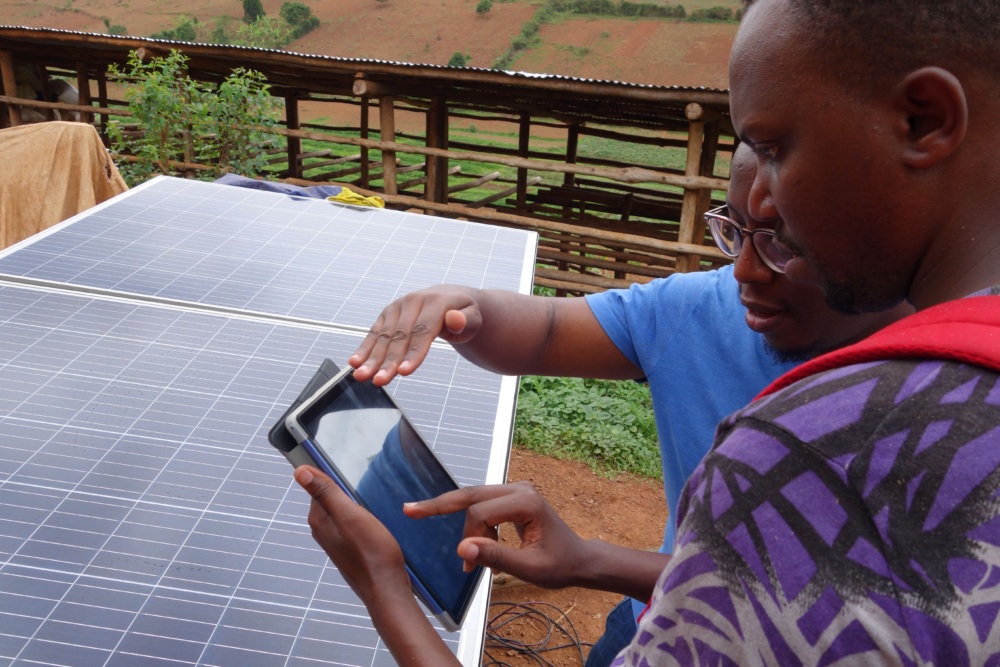China Celebrates Energy Label’s 10th Anniversary, Launches Smartphone App
On June 13th, the Chinese Government will celebrate the 10th anniversary of its highly successful appliance energy efficiency label, known as the China Energy Label (CEL).
 CLASP is helping the China National Institute of Standardization (CNIS) develop and launch a smartphone application (or “app”) that will make it easier for consumers to find more efficient products that match their needs. With the app, shoppers can scan a QR code (a two-dimensional barcode) – which CNIS developed for the CEL in 2014 with CLASP’s support – and the app will provide immediate and relevant additional information about the scanned product to inform their buying decisions. CLASP is excited that, with the launch of the CEL app, the use of new smartphone technologies to assist shoppers in purchasing energy efficient products is beginning to emerge as consumer education best practice.
CLASP is helping the China National Institute of Standardization (CNIS) develop and launch a smartphone application (or “app”) that will make it easier for consumers to find more efficient products that match their needs. With the app, shoppers can scan a QR code (a two-dimensional barcode) – which CNIS developed for the CEL in 2014 with CLASP’s support – and the app will provide immediate and relevant additional information about the scanned product to inform their buying decisions. CLASP is excited that, with the launch of the CEL app, the use of new smartphone technologies to assist shoppers in purchasing energy efficient products is beginning to emerge as consumer education best practice.
Launched in 2005 with the support of CLASP and other groups, the CEL is a mandatory labeling program that has helped transform the Chinese market towards highly efficient appliances and saved more than 400TWh of electricity, according to CNIS. The CEL covers more than 30 product categories and, according to a recent consumer survey by CLASP and All China Marketing Research (ACMR), over 97% of urban consumers claim to have seen the China Energy Label, and about 75% correctly understand how the label differentiates between efficient and inefficient products.
High levels of consumer awareness and comprehension of the CEL have been a significant part of the labeling program’s success to date. CLASP expects the new QR code and smartphone app to make the CEL more user-friendly and ultimately more effective as a policy tool.
 For example, the new app will allow consumers to compare multiple products based on annual energy consumption, and explain more complex information, such as the energy efficiency index, an alternative measurement used for products like TVs. To help CNIS develop the app, CLASP identified how Chinese consumers currently use the CEL to inform their buying decisions, determined which information presented on the CEL is hard to comprehend, and uncovered additional product information consumers desire. CNIS used this analysis to design a highly consumer-focused app.
For example, the new app will allow consumers to compare multiple products based on annual energy consumption, and explain more complex information, such as the energy efficiency index, an alternative measurement used for products like TVs. To help CNIS develop the app, CLASP identified how Chinese consumers currently use the CEL to inform their buying decisions, determined which information presented on the CEL is hard to comprehend, and uncovered additional product information consumers desire. CNIS used this analysis to design a highly consumer-focused app.
The app also has the potential to serve as a market surveillance tool, allowing market supervisors to more effectively monitor discrepancies between a product’s registry information and the information displayed on its label. The app may help prevent manufacturers from falsely labeling their products as more efficient than they truly are, facilitating uptake of the best and most energy efficient products.
CLASP is hopeful that the new CEL app reflects an emerging best practice in consumer education. According to the SEAD Initiative, China’s smartphone app for the CEL is the fifth of its kind, following Thailand, Sweden, Europe, and Australia/New Zealand.
Together, CNIS’ new QR code and smartphone app will improve the CEL program by empowering Chinese consumers and market supervisors with more information that will further shift the market toward efficient products, and ultimately reduce sources of local pollution and global climate change.
Learn more:









